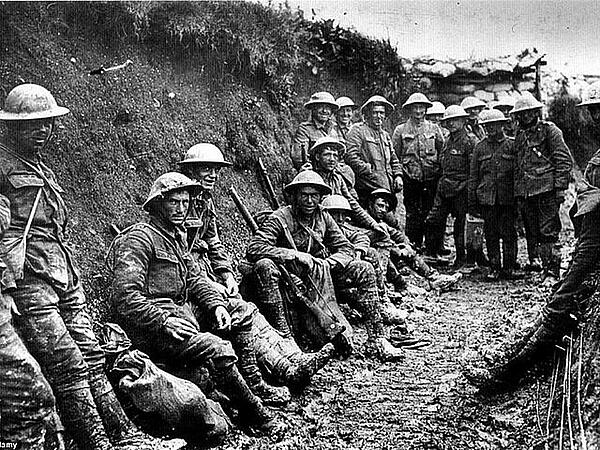The Trenches
Trenches are long, narrow, deep ditches used to house and protect soldiers during battle. Trenches were introduced to World War One within a matter of months, providing a solution to the problem posed by the rapid revolution in firepower.
Trench warfare relied on soldiers carrying out orders handed down from senior officers, which would involve some sort of advance towards the enemy trenches on the other side of ‘no man’s land’. However, this wasn’t easy as many trenches were heavily fortified (by barbed wire, mines and trapping pits) and defended, which could mean soldiers were left to defend their area where they had ‘dug in’ for years at a time without making a move.
The most famous use of trench warfare is the Western Front, which was the main theatre of war during World War One. After a buildup of forces in 1915, the Western Front became a stalemate that was ultimately decided by attrition. There were a few periods where the rigid trench lines broke down, such as during the Battle of the Somme, but they never moved very far.
The conditions in the trenches are understandably uncomfortable - filled with vermin, mud and overflowing toilets. This caused a number of soldiers to suffer serious medical problems including what is now known as trench foot. These problems could affect a soldier’s ability to fight, and as such it was down to the officers to ensure their soldiers’ feet were being cared for.
Over the years, the trenches of World War One became extremely elaborate, and in some areas (such as Beaumont-Hamel) there were advanced systems that included support trenches and communication trenches. This made it easier to attack the enemy, as they could be outflanked by infantry and artillery while the front lines remained manned.

To find out more about trench warfare during World War One, click on the links below:
MLA Citation/Reference
"The Trenches". HistoryLearning.com. 2024. Web.
